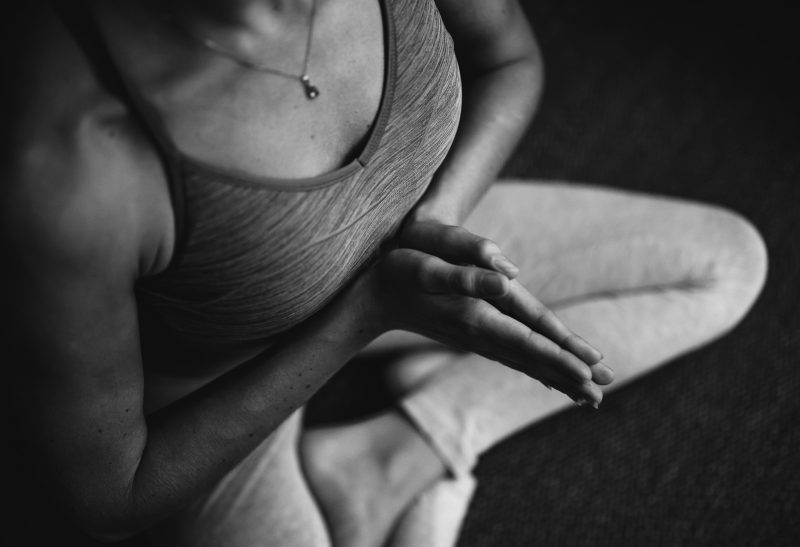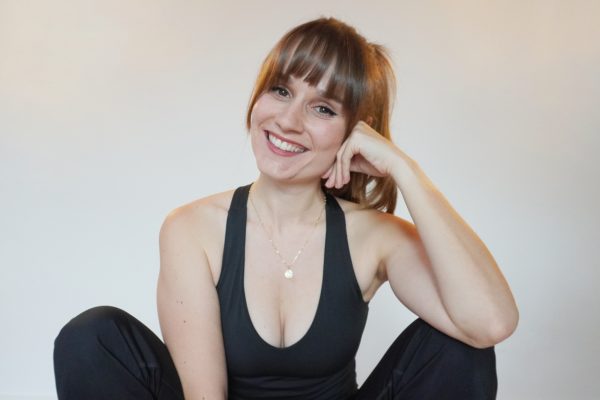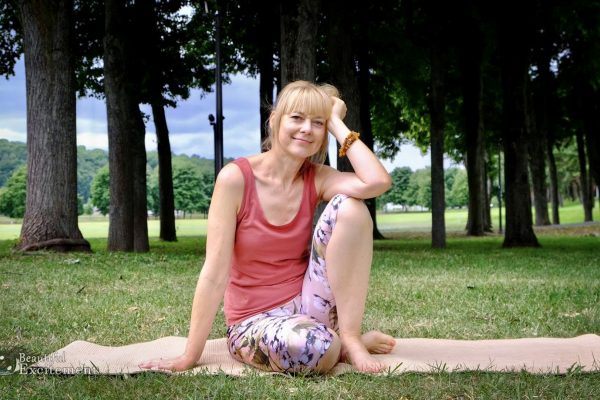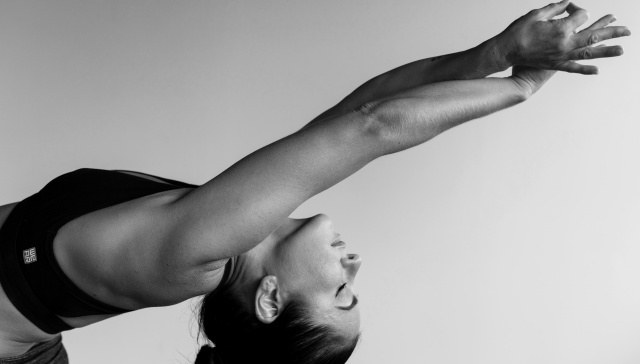Traditional Yoga

What is traditional yoga?
Traditional yoga or classical yoga, sometimes called Himalayan yoga are terms used to name the yoga from which modern practice originated.
Traditional yoga was taught orally, so no one knows exactly when or who founded it. The beginning of yoga is usually considered to be around when the Bhagavad Gita and the Yoga Sutras of Patanjali were written. The oldest form of yoga is called Vedic Yoga dating as far as 10,000 years ago.
Traditional yoga doesn't focus on poses although asana is a part of the practise. It is very much an internal and spiritual practise that incorporates asana, pranayama, bandha, meditation, mantra, relaxation and karma yoga to focus on creating awareness of the union of body, mind, and spirit.
Traditional Yoga looks at Yoga as a practice of spiritual self-realisation (moksha).
What are the Traditional yoga eight limbs?
Classical Yoga is based on the traditional system of eight limbs, known as Ashtanga Yoga as mentioned in Yoga Sutras of Patanjali:
1) yama, which refers to the ethical restraints or moral virtues;
2) niyama, which refers to positive duties or observances;
3) asana, which refers to the practice of physical postures;
4) pranayama, which refers to the regulation of breath;
5) pratyahara, which refers to withdrawal of the senses;
6) dharana, which refers to concentration;
7) dhyana, which refers to meditation; and
8) samadhi, which refers to absorption in the divine.
Traditional yoga practitioners believe that by following these eight limbs, one can achieve liberation from suffering.
The goal of classical yoga is to create harmony between mind, body, and spirit and to promote physical and mental well-being.
Traditionnal Yoga famous teachers
"The first teachers who brought Yoga to the West came with the profound teachings of Vedanta as their greatest treasure to share with the world" says David Frawley in his book "Vedantic Meditation".
"Such great masters began with Swami Vivekananda at the end of the nineteenth century and continued with Swami Rama Tirtha, Paramahansa Yogananda, and the many disciples of Swami Shivananda of Rishikesh. They called their teaching Yoga-Vedanta, which they viewed as a complete science of spiritual growth."
What to expect from a traditional yoga class
Dress in comfortable clothes to be free in your movements. Wear layers to keep the body warm as it can cool down quickly during meditation holding postures. Have a blanket nearby just in case.
You can use props if you have practised with props before and if your body needs them!
Traditional classes start with asanas (releasing tension from body that also release tension in mind by bringing up things that need to be processed), then pranayama, then meditation or relaxation. During the class bandhas, mantras, meditation, chants, and pranayama can be incorporated, depending on the teacher.
Our Traditional Yoga teachers

Kayleigh Goodman

 Live Yoga Teachers
Live Yoga Teachers
